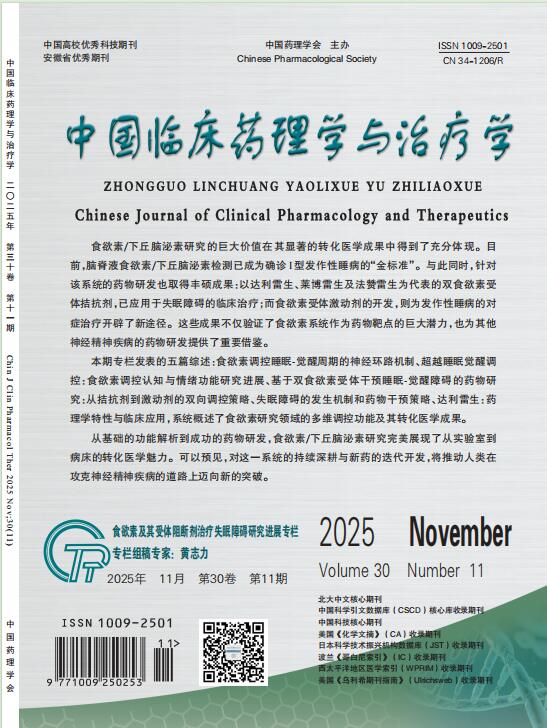AIM: To investigate the expression of CD73 in breast cancer and the correlation with its clinicopathological features. METHODS: Biopsy of the tumor tissue specimens from 100 cases of breast cancer from April 2015 to October 2016 were included; Paraffin sections were obtained from 60 normal breast tissues; CD73 staining was used to detect the sections by immunohistochemistry; Immunohistochemical method was used to detect the expression of Ki-67, P53, ER, PR and HER-2 in breast tissues. The expression of CD73 and its correlation with Ki-67, P53, ER, PR and HER-2 as well as correlation with clinicopathological features were analyzed. RESULTS:The high expression occurrence rate of CD73 in breast cancer tissues was 76%, while in normal breast tissue was 21.7% (P<0.05);There was no significant correlation between CD73 expression and age, histological grade, tumor size and tumor location (P>0.05);The high expression of CD73 was correlated with TNM stage, lymph node metastasis, PR positive expression, ER positive expression, HER-2 positive expression, Ki-67 positive expression and P53 positive expression (P<0.05);The positive expression of Ki-67, P53, PR and HER-2 was the influencing factor of the high expression of CD73(OR:8.233,5.091,4.670,3.000); The positive expression of ER was a protective factor of high expression of CD73 (OR: 0.291). CONCLUSION: The high expression of CD73 in breast cancer and TNM staging, lymph node metastasis, the positive expression of PR, HER-2, Ki-67 and P53 are referential for clinical treatment and prognosis.


